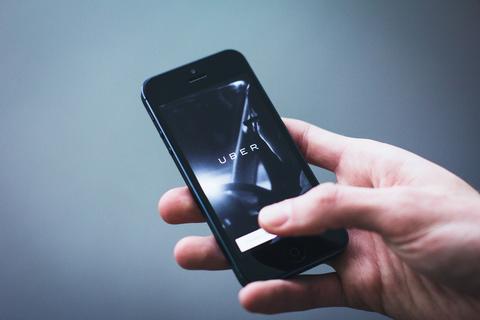
For individuals with limited mobility, travel can be exponentially more difficult. Air travel is notorious for slowly adapting to the needs of wheelchair users and finding proper accommodations — especially in foreign countries — can be very confusing.
But beyond these travel difficulties, wheelchair users know all too well how frustrating it can be to simply find a vehicle capable of transporting them and their gear from point A to point B. Until only recently, ride-sharing apps lacked this basic functionality, putting limited mobility individuals at a stark disadvantage when it comes to exploring a travel destination easily.
Luckily, recent changes to the most popular apps have made finding transportation much easier.
Today, we’re going to take a look at the various ride-sharing apps and services you can count on when traveling to meet your unique needs.
UberWAV
In 2017, the popular ride-sharing app Uber finally listened to the demands from the accessibility community and added in a function allowing users to request accessibility-minded vehicles.
To access this function, first download the Uber app and set up an account. Then, choose the “uberWAV” option at the bottom of your screen. This will ensure that a wheelchair-accessible van picks you up.
It’s important to note that currently, uverWAV is not available in most locations — though Uber expects to roll it out on a wider basis in the near future. The service is available in London, Austin, San Francisco, Philly, Texas and the Southern California region.
Lyft
Lyft has been offering accessible transportation options for slightly longer than Uber and works in concert with other accessible ride providers where Lyft’s accessible services are not provided.
To enable this feature, after downloading the Lyft app, click on your profile picture or icon in the top left-hand corner of the app. Then tap on ‘Services.’ After being taken to the next page, you can enable the ‘Access’ button to automatically have your app request wheelchair-accessible vehicles.
As previously mentioned, just like Uber, Lyft does not provide their own accessible services in all locations. For locations that do not have this service, Lyft will instead text the user contact information for local paratransit and wheelchair-outfitted services. Keep in mind, however, that some providers require up to 24 hours’ notice before dispatching a vehicle.
Planning Ahead
Along with these ride-sharing apps, most cities or regions offer their own accessible transportation services; the only issue is finding them. While with some research you’ll likely be able to uncover who to contact and when you need to schedule a ride by, you can also lean on accessible travel websites to figure out these details for you.
In particular, brettapproved helps wheelchair users plan every aspect of their trip, from air travel, to accommodations, what sights to see and ground transportation. This site also allows users to rate all of the above, so you can rely on a community of peers to make informed travel decisions. As a side note, remember that transporting chairs in and out of vehicles can be difficult depending on the size and weight of your device. Plan ahead for any extra needed time or invest in a lightweight travel wheelchair that makes travel easier.
Whether you’re relying on a travel website or popular transportation apps, the good news is that after years of neglect, accessible travel options are steadily becoming more commonplace. As apps like Uber and Lyft continue to expand these services in new markets, getting around and enjoying all the sights there are to see on your vacation will only become easier.
** This post was originally published on https://travelwheelchair.net/blogs/posts/helping-you-get-around-ride-sharing-apps-and-limited-mobility

